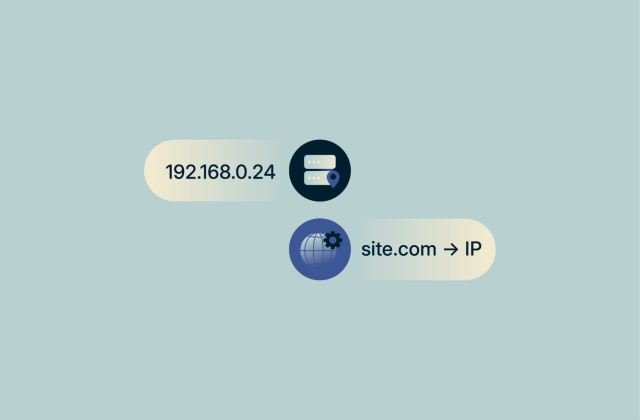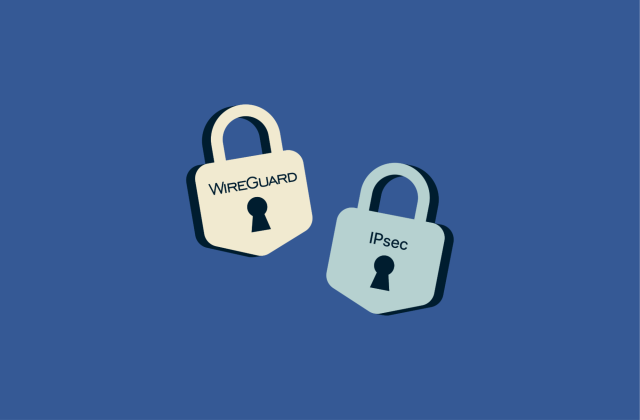-

How to see and delete incognito history
Many people use incognito mode, believing it will erase every trace of their browsing. In reality, it only prevents history, cookies, and form data from being stored on your device. Your activity can ...
-

How to delete your LinkedIn account: A step-by-step guide
Ready to say goodbye to LinkedIn? Whether you're concerned about privacy, tired of the endless networking pressure, or simply looking for a digital detox, deleting a LinkedIn account is easier than yo...
-

DHCP vs. DNS: Understanding key differences and functions
Every time a device goes online, it relies on two background services. One gives your device the settings it needs to join a network, and the other turns domain names like “example.com” into the n...
-

What is OpenVPN, and how does it work?
OpenVPN is one of the most widely used and trusted VPN protocols in the industry. It has a strong reputation built on its robust encryption and proven security design, as well as its open-source code....
-

WireGuard vs. IPsec: Which VPN protocol is better?
When it comes to VPN security, stability, and speed, the protocol you choose can make or break your online experience. As such, it’s important to know the differences between the top options, so you...
-

What are data brokers? A complete guide to your privacy and protection
Every time you browse the web, sign up for a service, or fill out an online form, traces of your personal life are being collected. Sometimes, this information is collected and sold by companies known...
-

How to remove yourself from data broker sites and protect your privacy
Data brokers make their money by collecting personal information about consumers and reselling it. That information can be funneled into public people search sites, sold to advertisers, shared with in...
-

Browser isolation: What it is and why it matters
From malicious ads to malware infections, there are many threats you might encounter while browsing the internet. The risks posed by hazards like malicious redirects and drive-by downloads can be miti...
-

Fast flux networks: Complete guide to risks and detection
Fast flux is a DNS-based evasion technique that rapidly rotates the IP addresses associated with a malicious domain so that it doesn’t remain at a single host. Attackers achieve this by using networ...
-

How to protect your email: Step-by-step guide
Your email account is an important point of access to the rest of your online life. Many services use it as the primary recovery channel, so whoever controls your inbox can request password resets, in...
Featured




